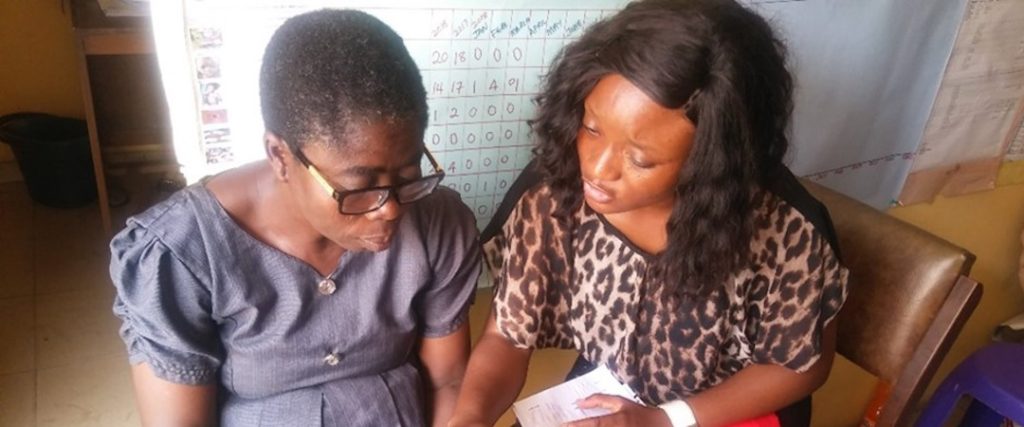Nigeria

Population
~ 231 million
Implementation
2015
Implementation Level
National
Implementing Organization
NCDC

Use Case
Implemented for both indicator-based surveillance and for event-based surveillance.
Brief Description
SORMAS implementation in Nigeria which began in 2015 as a pilot in two states of the federation, and scale up implementation to other states in 2017, has significantly bolstered the country’s capacity to detect, respond to, and manage outbreaks of infectious diseases. The platform has since then been simultaneously used in the response to multiple outbreaks such as Lassa Fever, Cholera, Meningitis, Yellow Fever, Mpox and other notable priority diseases.
Since its introduction, SORMAS now has over 5,000 active users at the various levels covering all the 774 Local Government Areas of the 37 States, and in over 100 health facilities and laboratories across the country. The platform has been instrumental in enhancing Nigeria’s public health infrastructure by strengthening disease surveillance at both national and sub national levels. Through its user-friendly interface for both web and mobile applications, frontline health workers can efficiently report and track suspected cases, facilitating early detection and containment of outbreaks. Additionally, SORMAS facilitates coordination among various stakeholders, including health authorities and community volunteers, streamlining response efforts, and ensuring a more cohesive approach to public health emergencies.
SORMAS implementation in Nigeria represents a pivotal step and a role model towards building a robust health information system capable of effectively combating infectious diseases and safeguarding public health.





